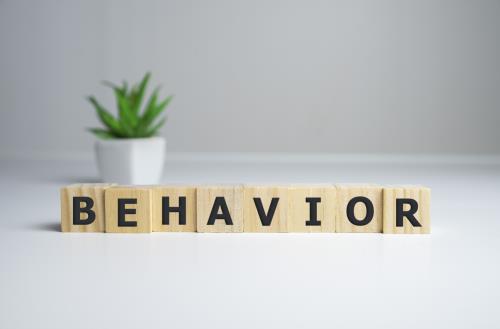13 Nov 2022

By Mark Richards,
When faced with a tricky situation with a student in front of a class, how the teacher responds is all-important. The urge to assert authority over both the individual who is challenging you, and the rest of the class can be overwhelming. The teacher can feel the need to ‘win’ the confrontation and to come out on top. However, when it comes to behaviour management, teachers should not expect to win all the time. The need for the student to not lose face should not be overlooked either. Sometimes, it is prudent for both parties to settle for a metaphorical ‘draw’. In the short term and the long term, being able to diffuse a situation there and then will have beneficial effects for the teacher’s relationship with the individual and the whole class.
Give the student the opportunity to save face
From time to time, all teachers find themselves in the type of tricky situations that have the potential to develop into tense and damaging confrontations. We all recognise these scenarios: the pupil who has been seen with their smartphone out in a lesson; or the pupil who has been asked to leave because of persistent disruption but is refusing to budge.
When the situation is one-on-one, this sort of scenario can still be awkward. Often though, the scene is being played out in front of the entire class. This adds extra tension and complications. It can feel as if the class have settled down with their popcorn, eagerly waiting to see how the drama will play out. It adds unwelcome added pressure for both the teacher and the student.
This is when the teacher should resist the urge to win. Instead, they need to display tact to stop the situation escalating into an ugly incident.
How to engineer a satisfactory outcome
The problem with one side winning, is that it inevitably means that the other side have to lose. In a classroom situation, this results in a student backing down and losing face in full view of their peers. So, the first step should be the teacher acting swiftly and carefully to diffuse the situation and to prevent escalation.
Take the common situation of errant mobile phone use in the classroom. Of course, consistency and adherence to whole-school behaviour policy is vital. Teachers must hold the line. Anything other than confiscation of the offending item will make the job of other colleagues who are diligently enforcing the rule that much harder. It will also make your own position weaker in the future too, as you will have signalled to every student in in the class that you are a teacher who is likely to let them get away with using their phone.
But the rules can be enforced without having to make an example of the pupil in front of their peers.
So, how might this look in practice?
Well, standing over the pupil demanding that the phone be handed over may just fuel the pupil’s anger. Compliance becomes less likely.
Giving the pupil some time and space – say, 30 seconds – for them to hand over the phone; or asking them to place the phone on the desk could be better courses of action.
These are not signs of weakness. The teacher remains in control – but by giving the pupil time, space, and choice, it gives them the opportunity to save face to a certain extent and the feeling that they have some sense of control of the situation.
RELATED POSTS
1. Teacher Mental Health Can be Affected by Fear of Falling Ill
2. Teachers need to be trained in digital learning
3. How to Prepare Your First Classroom in Your Teaching Career
4. 5 Steps to Revolutionize Your Teaching Style
5. Discipline and behavioral management by teachers in schools
We encourage our readers to share their knowledge.
Do you have an idea, view, opinion or suggestion which would interest others in the education sector?
Are you a writer? Would you like to write and have your article published on The Educator?
If you are connected with the education sector or would like to express your views, opinion on something required policymakers’ attention, please feel free to send your contents to editorial@theeducator.com